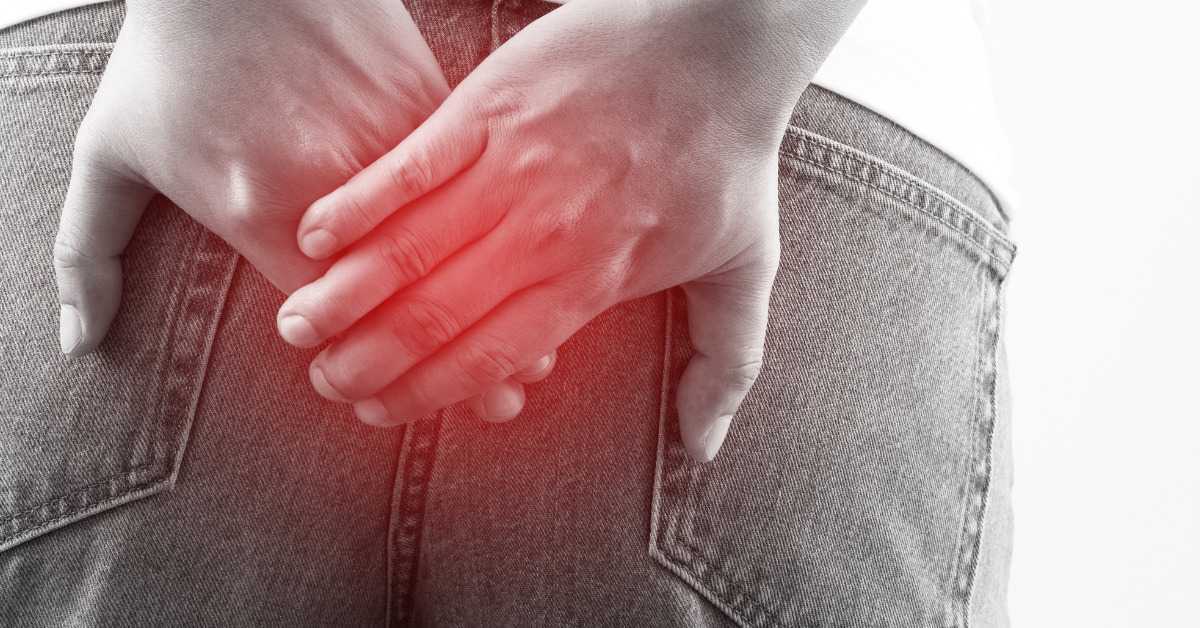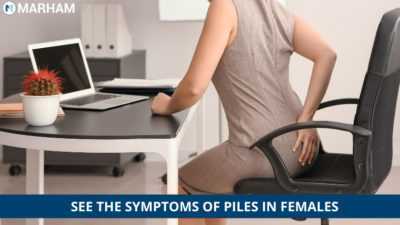A fairly prevalent condition that can afflict both sexes at any age is piles. There are lots of symptoms of piles in females and males. These are brought on by the veins being under constant, high pressure. In this blog, let’s have a look at these piles symptoms in detail.
About Piles:
In the anal canal, hemorrhoids are vascular structures that aid in controlling bowel movements. They function as a cushion in their physiological condition, helping stools to travel through arterio-venous channels and connective tissue.
When they are large or irritated, they develop into pathological piles. Constipation, severe straining during bowel movements, and recurrent diarrhea are all factors for piles. These bumps are often tiny, rounded, and discolored.
These lumps may even hang from the anal canal for some individuals, who can feel them on their anus. These lumps frequently bleed and can also be excruciatingly painful from any form of trauma.
Numerous piles of treatments are available, all of which focus on easing symptoms and providing much-needed comfort.
Read Also: Is Yogurt Good for Hemorrhoids?
Types of Piles in Females:
Internal piles and external heaps are the two types of piles. Internal piles, as the name implies, develop inside the anal canal, although they can also protrude and hang outside the anus.
Based on whether they emerge from the anus and, if so, how far out, this type of pile is further divided into subcategories. They fall under the category of
- First-degree piles are those that do not come out of the anus but may bleed.
- Second-degree piles come out during a bowel movement but later go back inside.
- Third-degree piles come out but will go back inside if you push them.
- Fourth-degree piles are those that are partially out of your anus but cannot be pushed back inside.
If blood clots form inside the lump, they may grow and cause excruciating discomfort. On the other side, external piles happen beneath the anal canal, near the anus. When blood clots form inside the lumps, they may also become uncomfortable.
Read Also: Do Hemorrhoids Go Away on their Own?
Symptoms of Piles in Females:
It is not required for piles to immediately exhibit any notable symptoms. If symptoms exist, they may include:
- Constipation,
- a lump in or around the anus,
- bleeding during bowel movements,
- leaking feaces or slimy mucus discharge,
- painful or itchy skin around the anus, and, in the case of external piles,
- pain and discomfort following stool movements


Diagnosing Piles in Females:
You would be examined by a general practitioner and questioned about your symptoms. Typically, a gloved finger is put into the anus to feel for lumps and the rectum.
To inspect the interior of the rectum, they might also utilize a proctoscope. Click here to book your appointment with a doctor today for a piles exam via Marham!
In some circumstances, the doctor may also advise the patient to have a blood test to determine whether or not they have anemia, a condition when the red blood cell count is below normal.
Anemia may be a sign of a serious piles issue. The doctor will propose more testing if the findings indicate that the symptoms could be caused by another ailment.
Piles Treatment:
The method makes use of a stapling tool and benefits from the absence of pain-sensing nerve fibres in the anal canal’s upper portion.
In this treatment, bleeding and prolapse are dealt with by excising and stapling the mucosa above the dentate line (which contains a portion of the pile mass). Inside the stapler, the pile masses are forced into a cup-like chamber.
Open surgery was the sole procedure accessible in the past. However, today’s minimally invasive techniques have transformed how doctors approach patient care.
The “Minimally Invasive Procedure for Hemorrhoid’s (MIPH),” also known as the “Stapler Hemorrhoidectomy,” is a new treatment for hemorrhoid’s.
The titanium staples are fired to simultaneously cut and seal, resulting in little bleeding. There is minimal post-operative pain because the cut line is above the nerves.
Additionally, the anal mucosa wound is mostly closed with a stapler and there is no incision on the perianal skin or lower section of the anal canal, therefore no post-operative dressing is required. It enables an early recovery and causes less pain.
Consult a Doctor for the Treatment of Piles!
Piles can be dangerous if left untreated. Therefore, it is highly recommended to get a check-up as soon as possible. You can Book your online appointment with the Best Doctors for the treatment Piles via Marham right now today!
Can’t Find the App?
| Android | IOS |
|---|---|
  |
  |
FAQs
What causes piles in females?
Increased pressure in the lower rectum brought on by: Straining during bowel movements might lead to hemorrhoid’s. sitting on the toilet for extended lengths of time. experiencing persistent diarrhoea or constipation.
How do female piles look?
Hemorrhoids that have prolapsed resemble swollen red lumps or bumps coming out of your anus. If you study this area in a mirror, you might be able to see them. Hemorrhoids that have protruded may be the only sign of the condition, although they may also hurt, itch, or burn.
How can I test myself for piles?
When using the restroom, you might notice blood on the toilet paper or in the toilet bowl. Get pink, wet lumps on the edge of your anus or protruding from it (These may look purple or blue, too.)

